Content from the Brookings Institution India Center is now archived. After seven years of an impactful partnership, as of September 11, 2020, Brookings India is now the Centre for Social and Economic Progress, an independent public policy institution based in India.
This article first appeared in The Indian Express. The views are of the author(s).
There is clarity and purpose in the management of our energy policy. Oil policy has been well defined and while it is difficult to attract private capital into exploration in today’s low oil price environment, there is no uncertainty regarding the government’s intent. The fiscal and contract terms are competitive and the controversies swirling around gas pricing and marketing have been settled.
Coal production is on track to achieving its target and licensing issues are off the front pages. Renewables have an ambitious target to raise capacity from the current approximately 25GW to 175 GW by 2022 and this is supported by clear, actionable policy initiatives. The downstream remains a problem but here too the leadership has shown a willingness to break with convention and try new schemes to improve the balance sheet of utility companies and thereby narrow the mismatch between generation capacity and electricity availability. All in all, the ministers of state for petroleum, Dharmendra Pradhan and inter alia, power, coal and renewables, Piyush Goyal, deserve our fulsome compliments.
The ministers should not, of course, rest easy. We still have major problems to overcome and two recent, albeit totally unrelated, developments have brought the deepest of these problems into sharp relief — our vulnerability to geopolitics and the risks of a disaggregated and siloed approach to energy planning. The two developments are the sanctions imposed by Saudi Arabia and others on Qatar and the rise in electricity prices in eastern Australia.
Qatar has been sanctioned by Saudi Arabia, the Emirates and a few other countries. The proximate reason is Qatar’s alleged support to al Qaeda, Iran and the pro-Assad groupings in the Syrian civil war. There is, however, a deeper personal seam to this rivalry and there is, therefore, no knowing how and in what form the crisis might evolve. The concern for India arises from the fact that both Saudi and Qatar are important strategic partners and major suppliers of oil and gas. Will this crisis disrupt LNG supplies? Will it sharpen to the point we are compelled to take sides?
Qatar has been India’s most important LNG supplier. It is also one of our most cooperative and reliable partners. The latter can be adduced from a concrete example.
The first LNG supply contracts were signed in the early 2000s between Petronet and Rasgas, both government entities, on terms that turned out to be hugely advantageous to India. These were signed at a time the spot market price for LNG was fluctuating between $7/mmbtu and $14/mmbtu. The Qatar contract was priced at just under $3/mmbtu. This was not because Qatar was being overly generous. It was because Petronet had assessed the market conditions accurately and it had sensibly concluded a fixed price contract just before prices went through the roof. Qatar could have looked to back out of this contract and look for higher value customers, but they did not. They honoured their contractual obligations and for five years Petronet netted a healthy margin. Following the end of the contract term, Petronet negotiated a fresh supply agreement. This time, however, they read the signals wrong. The market was tight and oil and gas prices were at historic highs. Petronet assumed that these conditions would continue and finalised a fresh agreement on formulaic terms that priced LNG around $12-14/ mmbtu. In fact, the opposite happened. The market collapsed and oil prices dropped from over $100/bbl to less than $50/bbl over the next 12 months. Gas prices followed in tandem. Soon after the finalisation of the agreement, spot LNG was available for around $7/mmbtu whereas Petronet was contracted to pay around $12/mmbtu. Petronet gas was uncompetitive and it had difficulty offloading its “stock”. The problem was compounded by the fact that it had a “take or pay” obligation. This meant it had to “take” supplies irrespective of whether it could sell them or not and “pay” Rasgas. The result was a financial crisis of existential dimensions not just for Petronet but also its shareholders, the public enterprises IOC, GAIL and BPCL.
Prime Minister Narendra Modi and Minister Pradhan requested Qatar to renegotiate the pricing formula and to “waive” the “take or pay” obligations. The Qataris agreed and a new formula was crafted. This one linked gas prices to the prevailing low oil price regime. Qatar also waived the “take or pay penalty” of around $1.5 billion. The Government of India deserves credit for this outcome but it would be hubristic to forget that Qatar had the backing of law. Had they decided to hold fast to the terms of the contract, the results would have been financially dire for the PSE petroleum companies and the opposition in Parliament would have had a field day. It could be argued, of course, that Qatar was driven by strategic considerations and that given India is a critically important market for them, it would have been strategically and commercially imprudent to look to maximising the benefits of favourable short-term conditions and risk in the process the longer term advantages of market access and goodwill. This is a valid argument and it would have been a factor in determining Qatar’s thinking but that does not dilute the fact that Qatar responded constructively and generously to our government’s request.
India will find itself in an awkward situation if the relations between Saudi and Qatar deteriorate further and Saudi puts pressure on countries to stop lifting Qatar gas. Saudi Arabia is also a strategically important partner. It meets a sizeable chunk of our oil needs; there are many Indian companies with construction and engineering contracts in the country and there is the diaspora. Push come to shove and if we were compelled to choose, we would confront a Hobson’s dilemma. There would be no beneficial choice. Fortunately, as matters currently stand, it does not look as if there will be a force majeure disruption to our oil or gas supplies. But nothing is certain in the Middle East. The threat should not be discounted. All in all, this latest development contains one message: We need to diversify our sources of energy supply away from the Middle East.
The politics of energy in Australia is not of relevance to us. What is, is the circumstances that led up to the current political imbroglio. The Australian government is under pressure to do something about high domestic electricity prices. An increasing number of Australians believe that prices have risen because of the lack of a systems integrated approach to energy sector planning They say that the left hand of the market is working in opposition to the right hand of public welfare and that the government has not deployed its authority to strike the right balance.
Australia is indeed confronting the consequences of siloed energy sector planning. Three separate developments have led to the present situation. The gas producers committed the bulk of their production to the export market through LNG. Second, under pressure from the “greens” and in the expectation that renewables (solar and wind) would pick up the slack, the government encouraged the closure or mothballing of a number of base load thermal power plants. And third, the transmission and distribution system was not able to absorb and handle the surge and variability of electrons from renewable sources.
These three developments were separate but they came together to trigger a minor perfect storm. The problem was triggered by the failure of the grid to cope with the intermittency of solar and wind supplies. There was no back-up supply as the thermal plants were down and there were insufficient supplies of domestic gas to ramp up gas-based generation. In consequence, there were blackouts and electricity prices increased. This sharpened public and political criticism.
Like with the Saudi/Qatar crisis, the Australian situation does not bear on India. Unless the Australian government puts the squeeze on gas exports and that impacts supplies into India. But it does have learnings for us. Our energy sector is also in a transitional phase. The government has indicated that India will reduce its dependence on thermal coal from the current 69 per cent of capacity to around 50 per cent and increase the share of renewables to 40 per cent by 2035. They made this commitment at the climate change summit in Paris almost two years ago. This is an ambitious commitment and may be difficult to attain. Irrespective, we have to ensure that our energy system is able to cope with this transition. What the Australian experience highlights is the importance of an integrated systems based, approach to energy sector planning with complementary institutional and governing structures. Else we may have created the capacity but still left parts of India in blackness and/or smothered by pollution.
The Brookings Institution is committed to quality, independence, and impact.
We are supported by a diverse array of funders. In line with our values and policies, each Brookings publication represents the sole views of its author(s).
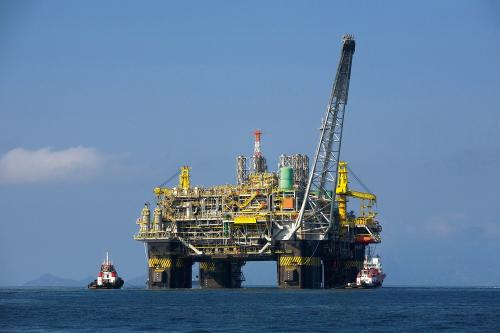
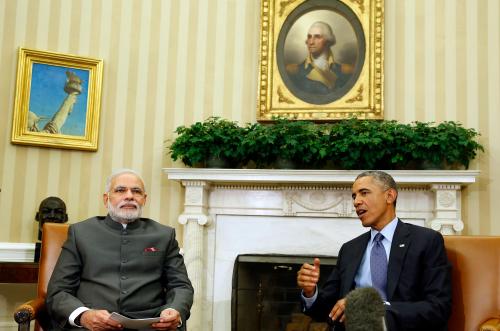
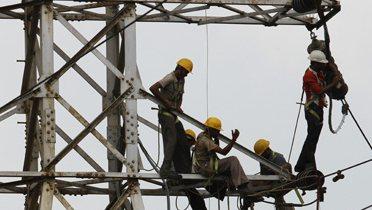
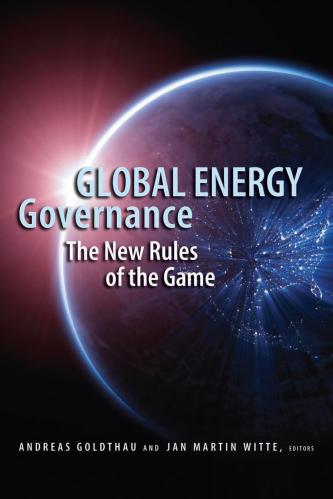

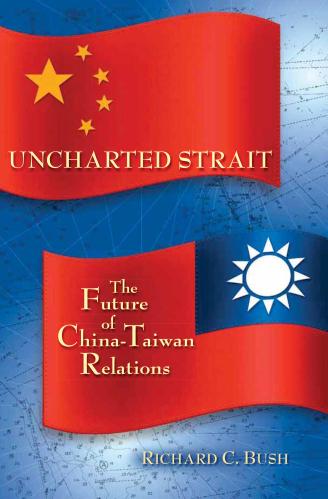



Commentary
Op-edAn energy warning and lessons
July 3, 2017